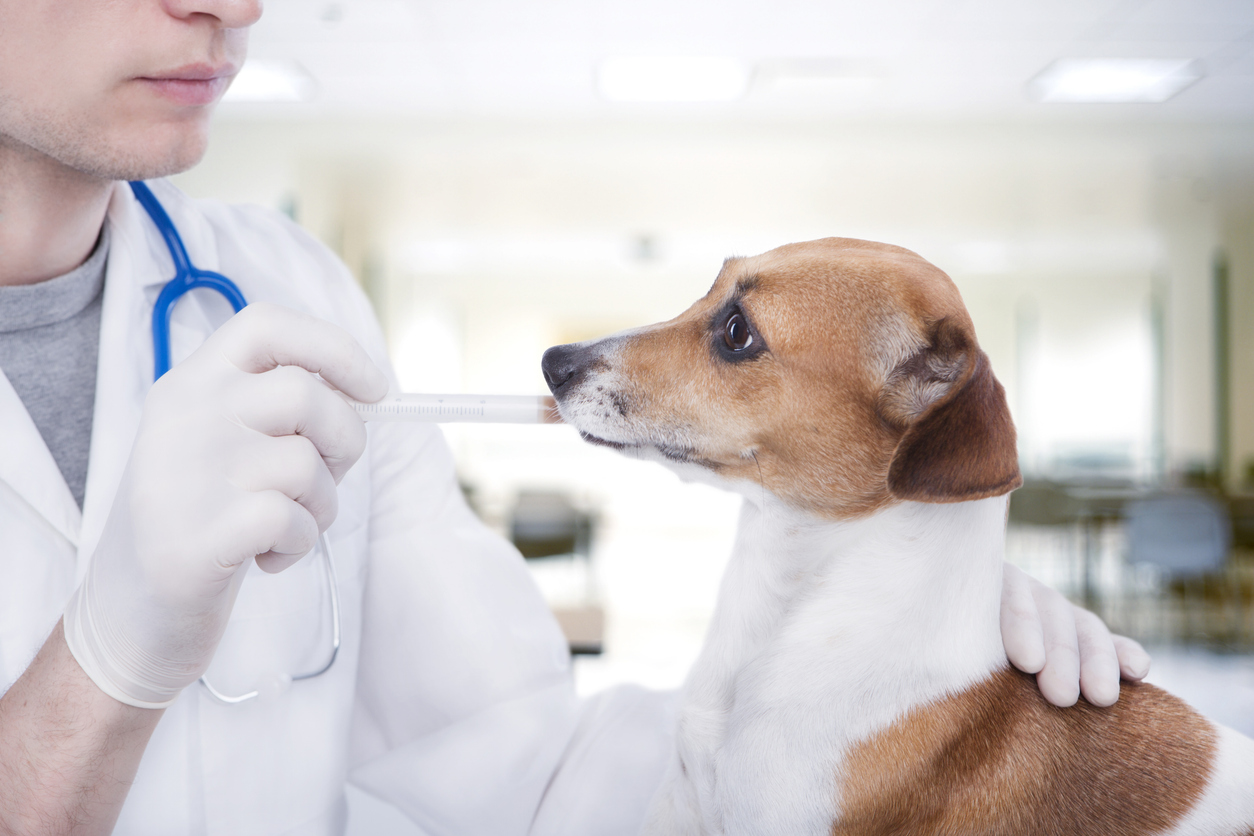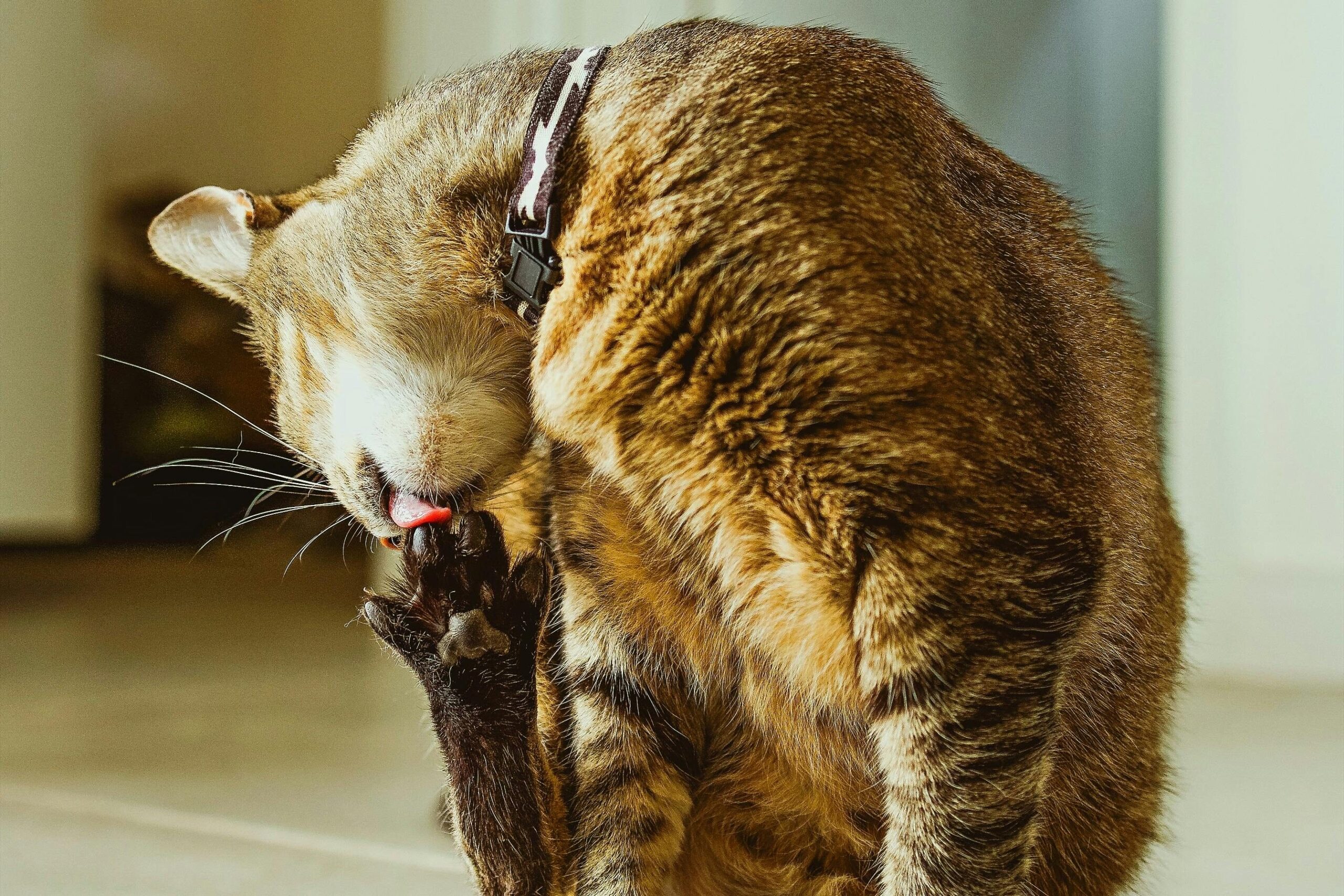1. Cats Are Masters of the “Nothing’s Wrong” Act

If dogs get a paper cut, they’ll whimper dramatically and limp around like they just lost a leg. Cats? They could have a raging infection, a broken tooth, and a fever, and they’ll still stare at you like you’re the one being overdramatic. Their instinct to hide illness makes diagnosing medical issues a nightmare. By the time a cat finally shows symptoms, the problem is often severe or even life-threatening.
This makes vet visits trickier—because let’s be honest, most cat owners don’t rush to the clinic for minor concerns. With dogs, symptoms like vomiting, limping, or changes in appetite usually spark immediate action. With cats? Owners might think, Eh, they’re just being weird again. And that delay in seeking care? It’s exactly why feline medicine lags behind.
2. Feline Research Gets Less Funding

When it comes to veterinary medicine, dogs get the red carpet treatment, while cats are stuck in economy class. There’s simply more money in canine research. Why? Because dog owners tend to spend more on medical care, and pharmaceutical companies follow the money. That means more medications, better treatments, and faster advancements—for dogs.
Cats, on the other hand, get the short end of the funding stick. Many feline diseases remain understudied, and treatments are often adapted from dog medicine rather than developed specifically for cats. Even simple things like pain management are less advanced in feline medicine, simply because there isn’t as much research being done. The result? Cats are often medically underserved, and we’re playing catch-up in figuring out how to treat them properly.
3. Getting a Cat to the Vet is a Battle (For Everyone Involved)

Picture this: You grab your dog’s leash, and they practically sprint to the car, excited for the adventure. Now imagine getting a cat into a carrier. There’s hissing, scratching, death glares, and an unholy screeching that makes you question every life decision you’ve ever made. By the time you reach the vet, you both need therapy.
Because vet visits are so stressful for cats, owners often avoid them altogether. This means fewer routine check-ups, delayed diagnoses, and less data for vets to work with. Dogs go to the vet regularly, so medical advancements happen faster. Cats? They stay home, plotting their revenge, and their healthcare suffers for it.
4. Cats Are More Complicated to Medicate

Giving a dog medication? Easy. Wrap it in a treat, and they’ll happily gulp it down. Cats? Oh, they know you’re up to something. Try hiding a pill in food, and they’ll surgically extract it while giving you a look of betrayal. Try forcing it down their throat, and you risk your life.
This makes medical treatment for cats incredibly challenging. Even when effective feline medications exist, getting the cat to actually take them is another battle entirely. Many owners give up after a few failed attempts, meaning their cats never receive proper treatment. The difficulty in administering medication slows down feline healthcare advancements—because what good is a treatment if no cat will take it?
5. Vets Are Trained More for Dogs Than Cats

Most veterinary education leans heavily toward dog medicine. That’s not to say vets don’t know about cat health, but they’re often trained with dog-first approaches, simply because dogs are more common patients. Many veterinary techniques, medications, and even diagnostic tools are developed for dogs first—and then adapted for cats later.
This creates a gap in feline healthcare. Since cats process medications differently and have unique physiological needs, using dog-based treatments on them is often less effective or even dangerous. As a result, feline medicine remains in a constant state of playing catch-up, trying to develop cat-specific approaches instead of just repurposing what works for dogs.
6. Cat Behavior Makes Hospitalization Tricky

Dogs can tolerate hospital stays. They might feel stressed, but most will adapt, especially with attention from vet staff. Cats? The second they’re placed in an unfamiliar environment, they activate full survival mode. They stop eating, become aggressive, or shut down completely. Some even refuse treatment altogether out of sheer anxiety.
Because hospitalized cats often don’t respond well to care, their treatment options are more limited. Vets have to balance medical intervention with minimizing stress, which means some procedures are more difficult to perform. This slows down advancements in feline medicine—because studying an animal that actively resists treatment is a logistical nightmare.
7. The Myth That Cats Are “Low Maintenance” Pets

One of the biggest reasons cat healthcare falls behind? The persistent myth that cats are independent, self-sufficient, and low-maintenance. Many people think, Oh, they groom themselves, they don’t need baths, and they barely need vet visits. But that mindset has real consequences. It leads to fewer regular check-ups, more undiagnosed illnesses, and less urgency in medical advancements.
Because society views cats as easier pets, there’s less pressure to improve feline healthcare. The irony? Cats do need specialized care—sometimes even more than dogs. But until more owners start prioritizing their cat’s medical needs, the industry will continue treating feline medicine like an afterthought.


